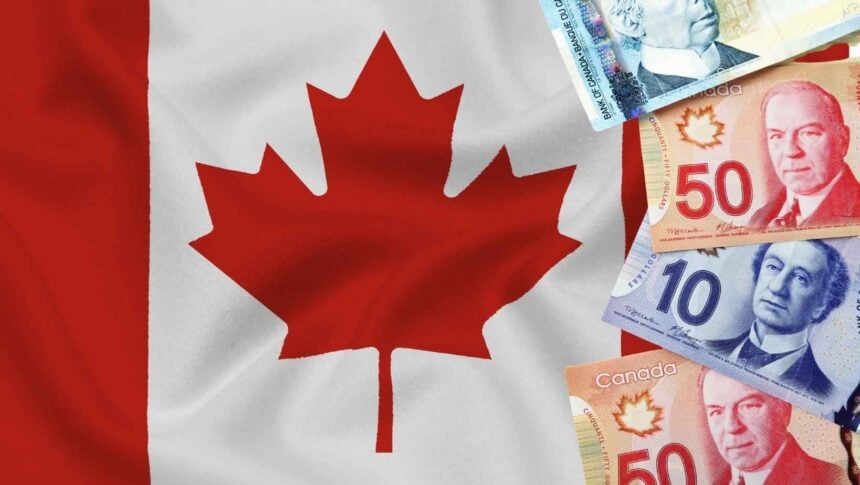The Canadian dollar hovered around 1.38 per U.S. dollar in early September while crude held roughly flat. That pairing is reshaping cross border portfolio calls as investors revisit currency hedges and sector tilts with another Bank of Canada rate decision due September 17. The BoC has held its policy rate at 2.75 percent since July.
In plain terms, a softer loonie boosts unhedged U.S. returns for Canadian investors and trims U.S. investors’ CAD-denominated gains unless they hedge.
Statistics Canada’s latest securities-flow report shows the tilt that weaker currency and relative equity performance can produce. Canadians bought a net 9.0 billion dollars of foreign securities in June, led by 5.7 billion dollars of U.S. shares, while foreign investors made only a slight net addition to Canadian paper. The agency releases July figures on September 17.
Oil’s steadiness helps, but it is not a clear tailwind. U.S. officials now expect global crude prices to drift lower through late 2025 as inventories build with OPEC+ supply increases. That tempers the historical link between a stronger oil tape and a firmer loonie, and it argues for careful sizing of energy-heavy exposures in Canada.
BoC policy is the other swing factor. After cutting to 3 percent in January and then to 2.75 percent in February, the bank has paused, citing slower growth and tariff uncertainty. A hold next week would keep Canada’s short rates below peak U.S. levels, sustaining a modest hedge carry for U.S. investors in Canadian assets while leaving Canadians’ unhedged U.S. equity gains flattered by currency.
Flows and hedges in focus
For Canadian managers, the case for maintaining at least partial U.S. dollar exposure remains straightforward as long as the loonie sits near recent ranges and oil fails to break meaningfully higher.
For U.S. managers adding Canada for value and dividends, hedging decisions now hinge on time horizon and risk budget: short-dated hedges can preserve local-currency performance without giving up potential medium-term CAD mean reversion if BoC easing runs its course.
Catalysts are lined up; BoC rate call and fresh cross-border flow data are expected to arrive on September 17. Any surprise on policy or a sharp move in crude would quickly filter through currencies and equity leadership on both sides of the border.



















